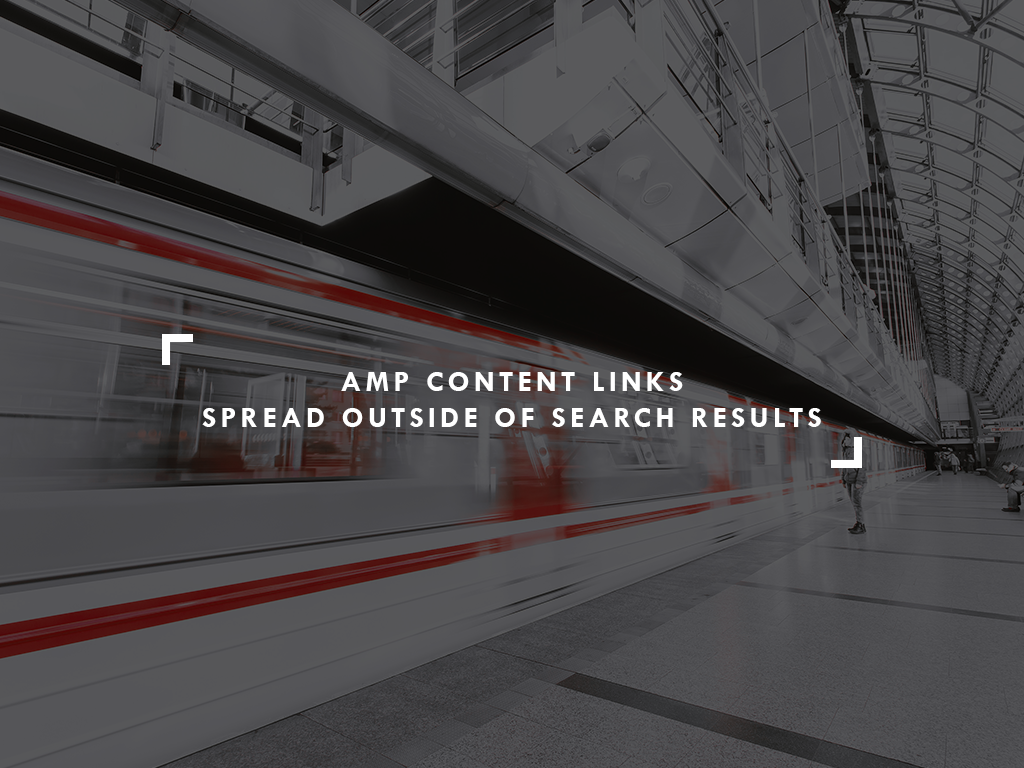AMP Content Links Spread Outside of Search Results
AMP is quickly becoming the platform of choice for many websites. Many distribution apps now link to AMP content and it is optimizing and changing the way people use the internet – and this change is definitely good.
AMP was designed, primarily, to load content faster. In terms of code, it’s technically simpler to do because it is, by precept, ‘clean’. A couple of years ago, AMP was barely known but now it is the platform of choice for many publishers and content creators online. Modern publishers now aim to create faster versions of AMP through countless experiments.
People can actually visibly see the upwards trend with regards to AMP using whatever AMP referral analytics that they have access to. Based on the many sources that I referenced on this ‘newer’ trend, it appears that Google is still the number one referrer when it comes to AMP while a close second is either Facebook and LinkedIn, depending on who you ask. However, major supports of AMP such as Pinterest and Flipboard trail closely behind the top AMP referrers.
What’s common among all of the AMP referrers is that they each have their own way to surface AMP pages as compared to standard mobile pages. This is made possible because every AMP-ready page can be designed to have their header tag to directly point to the AMP URL.
It works like this: Ignoring potentially slow, jerky or stagnant mobile-friendly webpages with interstitials, apps are now designed to load the better, cleaner AMP version.
Some AMP referrers such as Flipboard actually customize the way their app-to-AMP direction by adding custom transitions and the like. Of course, this is entirely optional as it is simply a visual cue but it does exist and it does happen.
It is worth noting that while these AMP referrers now prioritize AMP, none of them have explicitly stated that they will start to phase out non-AMP content. The strongest candidate towards optimizing the entire internet to AMP is still, of course, Google.
One of the largest web performance security agency Cloudflare started its crusade towards optimizing internet browsing by creating their own AP cache earlier this year. They also created or started a feature called Accelerated Mobile Links.
Anyway, the new feature works by configuring Cloudflare’s CDN to direct any outbound link on whichever publisher’s website to load the AMP-friendly version of the linked page. This is done with optimization in mind and apparently, it’s working well enough. It’s also worth nothing that Cloudflare made it easy for users to transition back to whichever page they were on by simply closing the AMP link.
Key Takeaway
It’s 2017 and the internet is becoming faster and faster by the day. This is evident with bigger publishers and their endeavors to make every aspect of their platform AMP friendly. This upward trend will continue well on into the future – and I intend to be a part of it. Anyway, the “big publishers” will definitely continue experimenting and innovating with AMP and I think that’s great.
Anything that makes the user-experience better is good for SEO, at least in my opinion. What are your thoughts with AMP? Do you like the changes that are happening? Let me know in the comments below!
